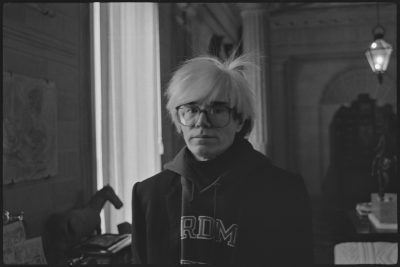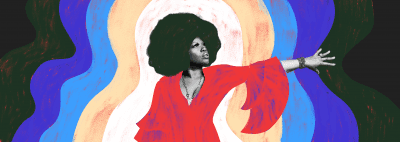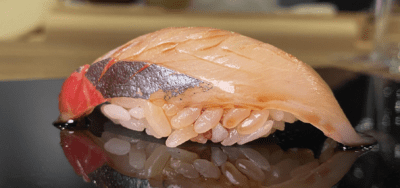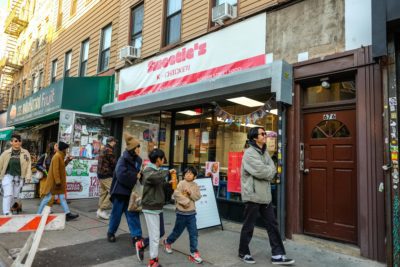All photos by Jack Seidenberg
An ‘outsider’ photographs Brooklyn’s Hasidic community
An intimate photo series looks at Williamsburg's Satmar population: 'People look at us like we are from different planets but we are human'
The completion of the Williamsburg Bridge in 1903 brought with it a first wave of Jewish immigrants to Williamsburg looking to flee the overcrowded conditions in the Lower East Side slums.
A second wave came with the conclusion of the second World War, with the influx refugees from war-torn Europe, whose populations had been devastated in the Holocaust. Among them was Rabbi Joel Teitelbaum. A major figure in the post-war renaissance of Hasidism, Teitelbaum emigrated from a town in Hungary (now Romania) called Szatmárnémeti, or Satmar in Yiddish, in 1946. Here he would create a new following after the decimation of the Satmar population during WWII.
Taking advantage of the American doctrine of church-state separation, Teitelbaum was able to create a robust congregation while espousing a strictly conservative and isolationist line—and rejecting modernity and assimilation. In the wake of the Holocaust, a return to tradition and conservative beliefs turned out to be quite appealing to many new Hassidic immigrants—though Americanized Jews who came to Williamsburg from the Lower East Side chafed.
Today more than 57,000 Satmar Hasidic Jews live in South Williamsburg. And for the past four years photographer Jack Seidenberg (whose own great-grandparents emigrated to Williamsburg) has been documenting the Hasidic community here. The included images comprise a part of “Szatmárnémeti Williamsburg,” Seidenberg’s black-and-white film street photography project.
“Although I’d like to feel an ancestral connection with the neighborhood, I’m seen as an outsider at best,” he tells Brooklyn Magazine. “In one of the world’s most progressive cities, I am in awe of the dedication taken to preserve their traditions and ideals.”
Teitelbaum and his followers stayed on in Williamsburg during the 1950s and ‘60s, an era of white flight from the neighborhood. Roughly a million New York Jews bolted the area, but not Satmar community, Laura E. Adkins explains in her excellent review of “A Fortress in Brooklyn,” a recent book on the neighborhood.
The community’s insularity, however, sometimes comes with a cost: In the period that these photographs were taken, the Satmar community suffered from measles and coronavirus outbreaks due in part to the spread of misinformation in their ranks. Of the 466 confirmed cases of measles in Queens and Brooklyn in 2019, 379 of them were from the Satmar community in Williamsburg, according to The New York City Department of Health and Mental Hygiene. As Covid cases decreased in New York in the fall of 2020, a surge of cases in Satmar communities across Brooklyn resulted in the implementation of new restrictions in South Williamsburg. The forced closure of schools and non-essential businesses for a minimum of 14 days lead to anti-Cuomo protests and riots in Satmar neighborhoods, with some turning violent.
“With my earliest American immigrant family living in the area, I am compelled to document the streets and the radical cultural change that has occurred since,” he says. “This collection of impromptu snapshots reveals the dedication and purpose unique to the Williamsburg Satmar community.”
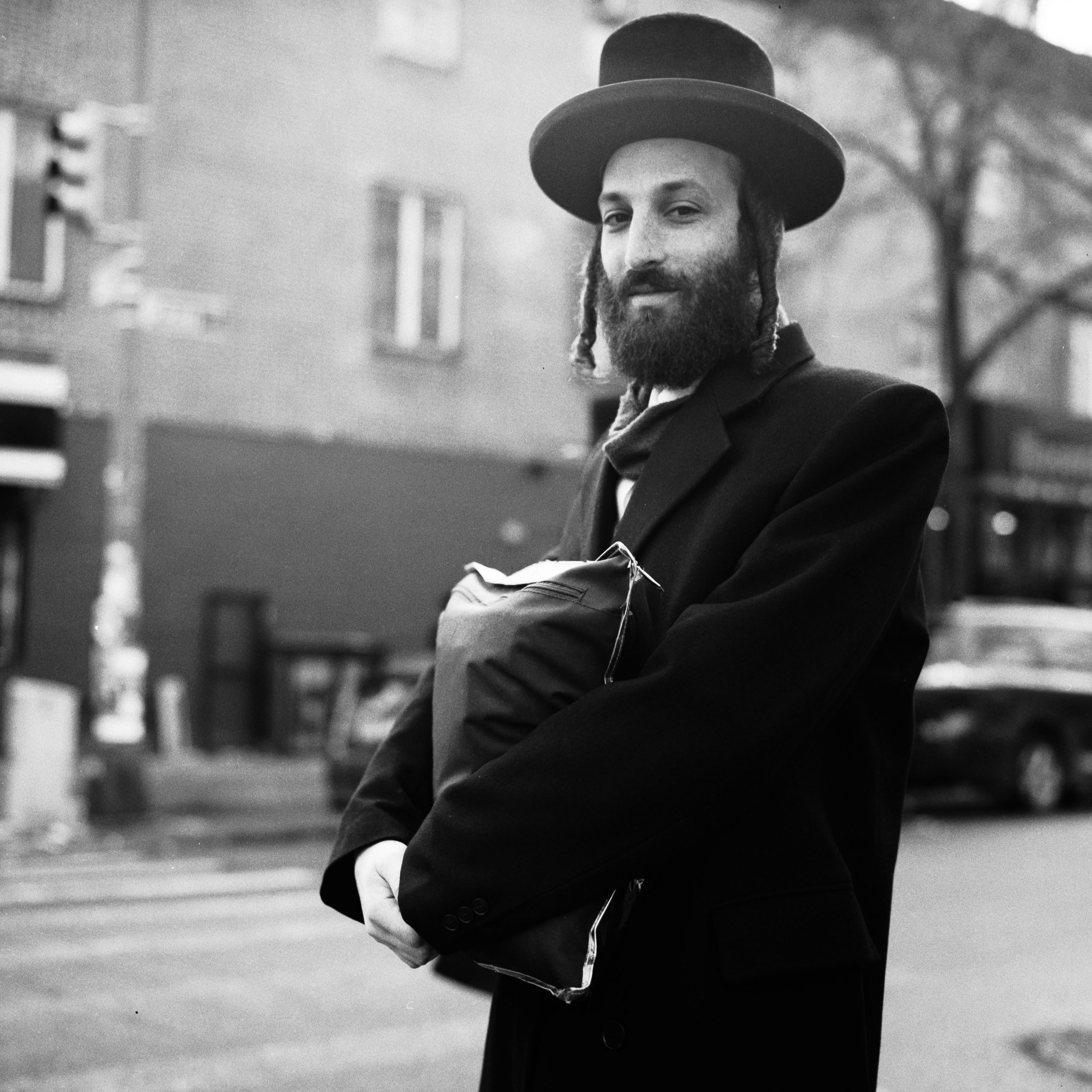
Photo by Jack Seidenberg
David stands on Lee Avenue, holding a bag containing his Tallis. David says he enjoyed seeing fewer tourists in South Williamsburg during the pandemic. “People look at us like we are from different planets but we are human,” he says. When asked about living during the pandemic, David remarks, “What the world throws at us, we have three thousand years of tradition to follow.”
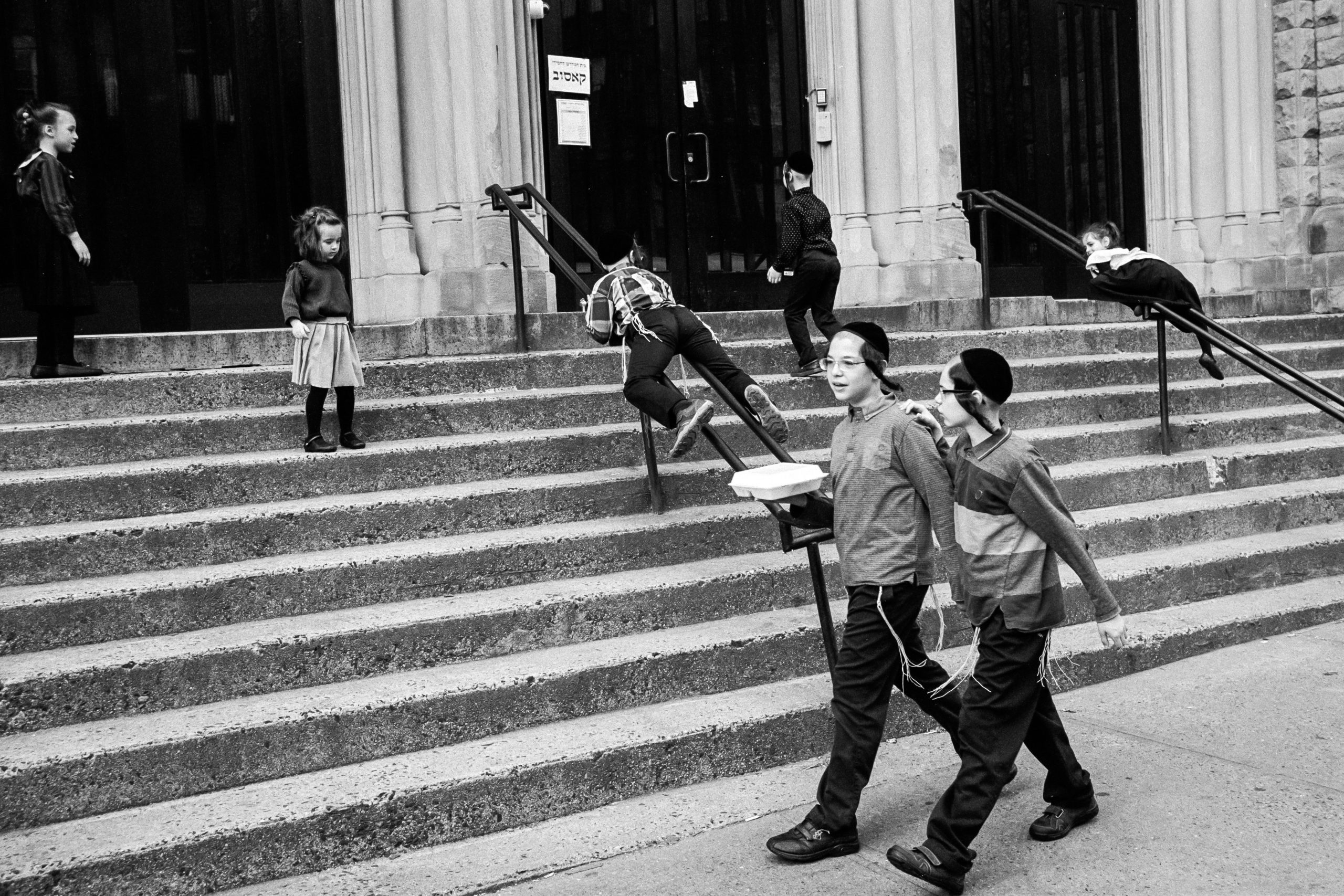

Photo by Jack Seidenberg
Satmar children playing outside a temple after being let out of school early for Shabbat.
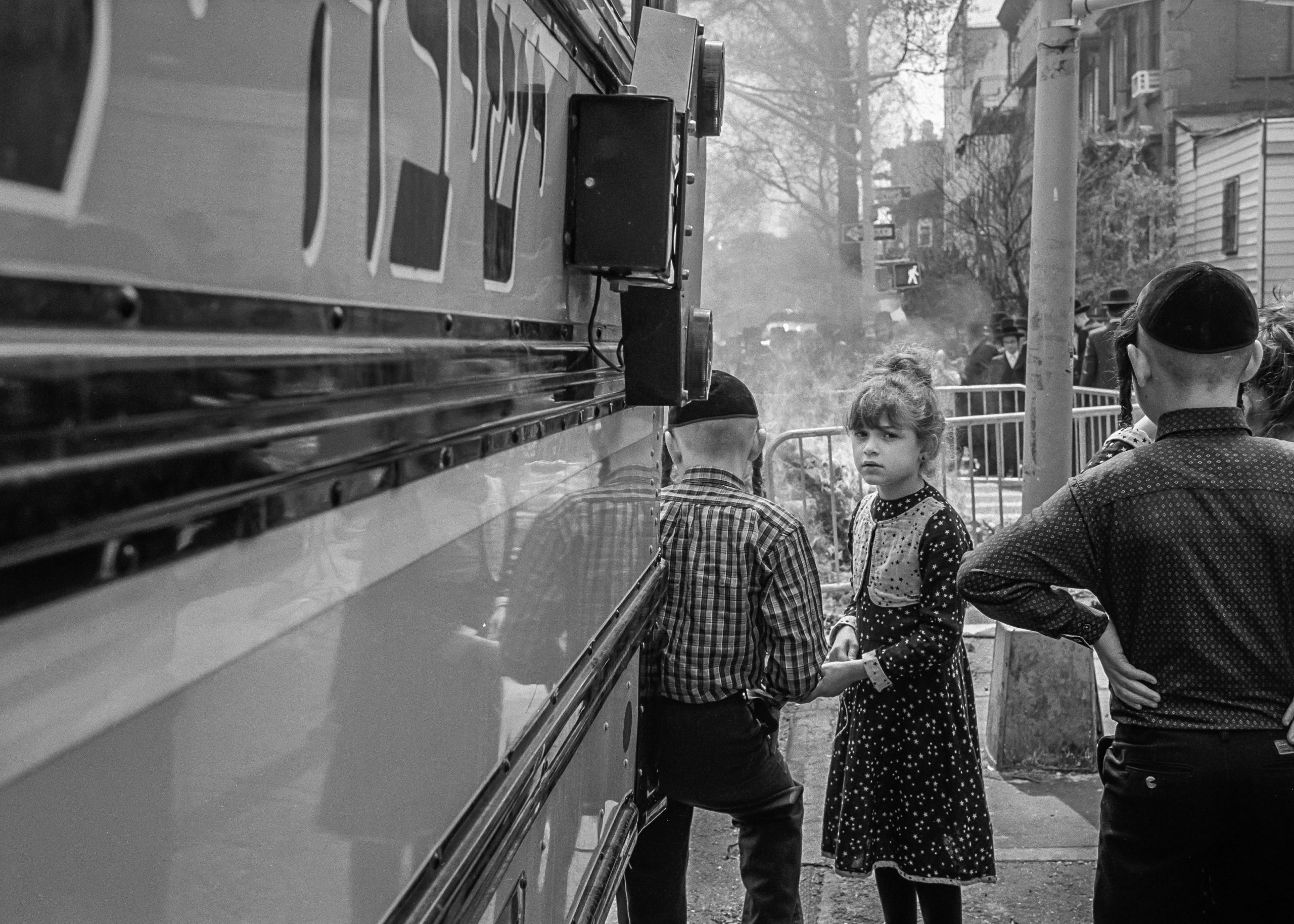

Photo by Jack Seidenberg
A young Satmar girl looking away from Biur Chametz, the ritual burning of leavened bread the morning before Passover.
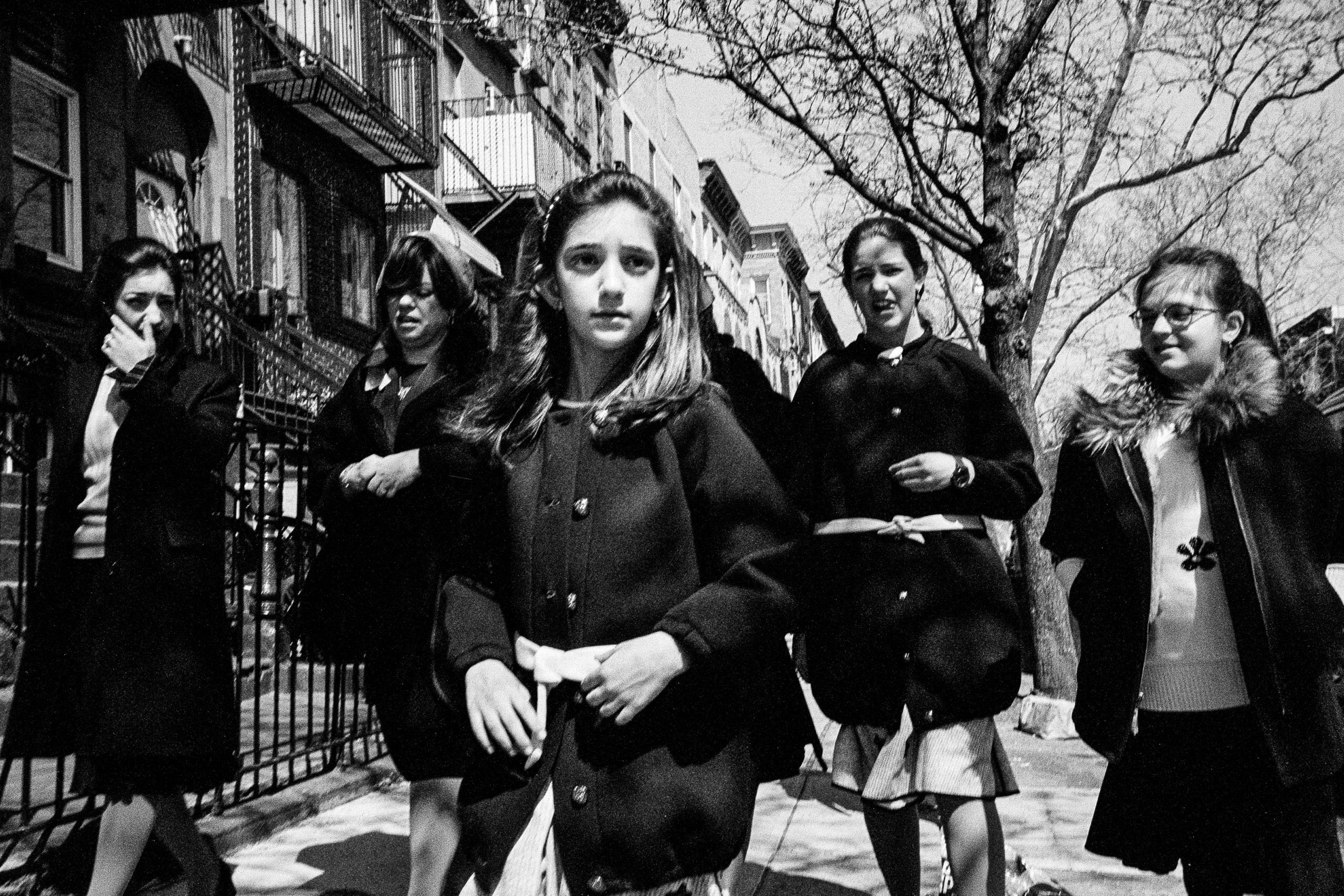

Photo by Jack Seidenberg
A group of young Satmar girls walk down Lee Avenue.
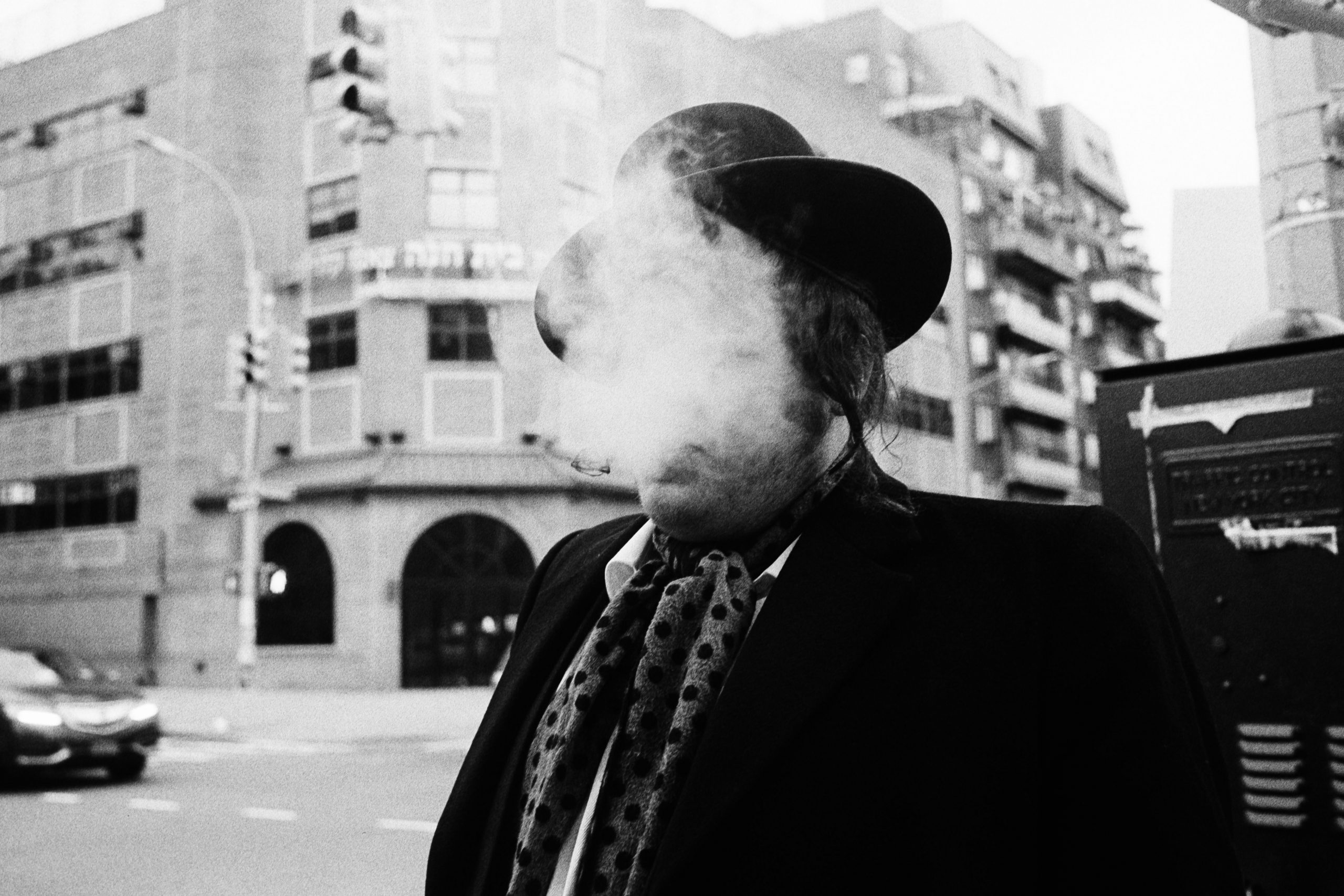

Photo by Jack Seidenberg
A Satmar man enjoys a cigar minutes before having to return home to celebrate Shabbat.
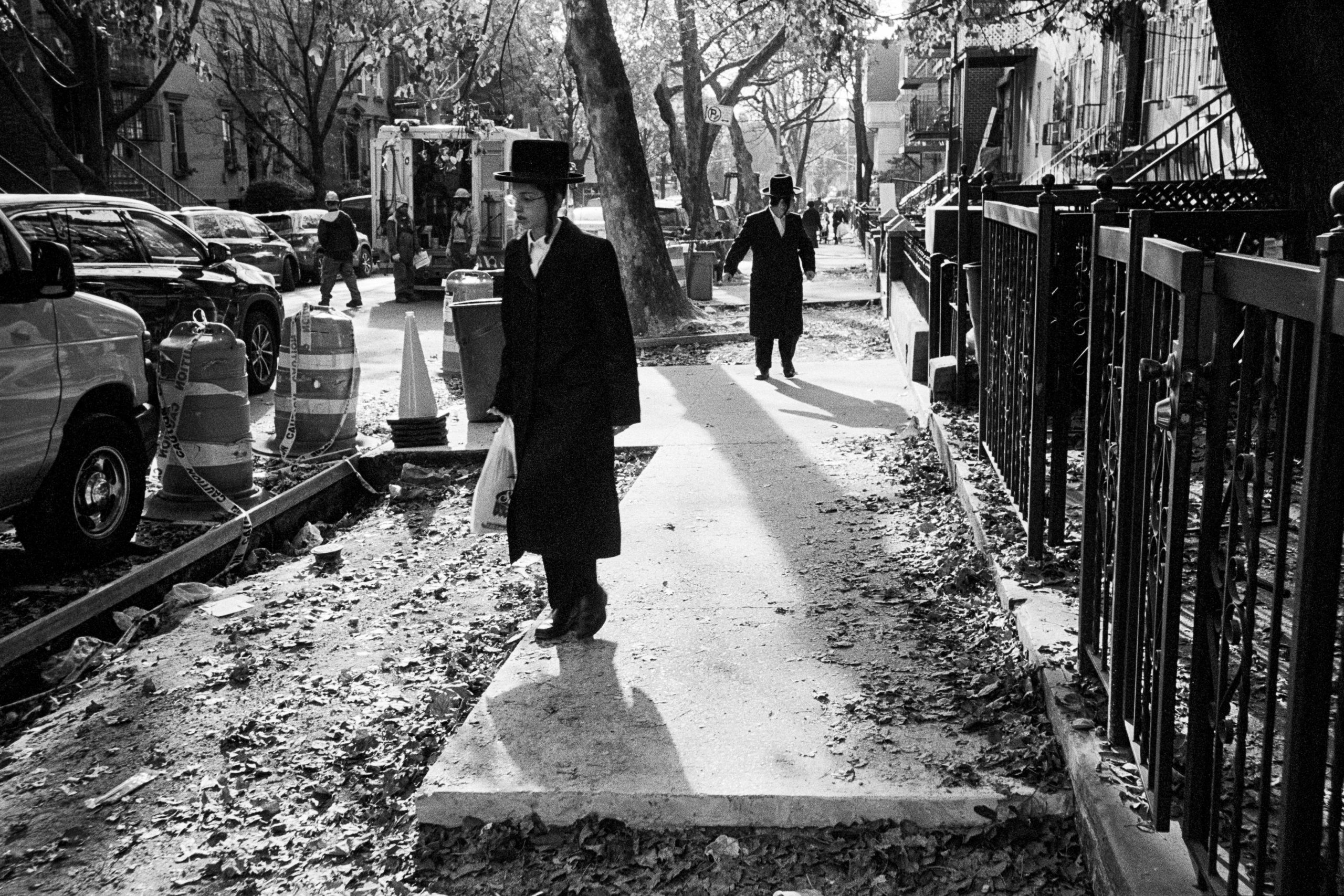

Photo by Jack Seidenberg
Satmar men walk down a sidewalk under construction.
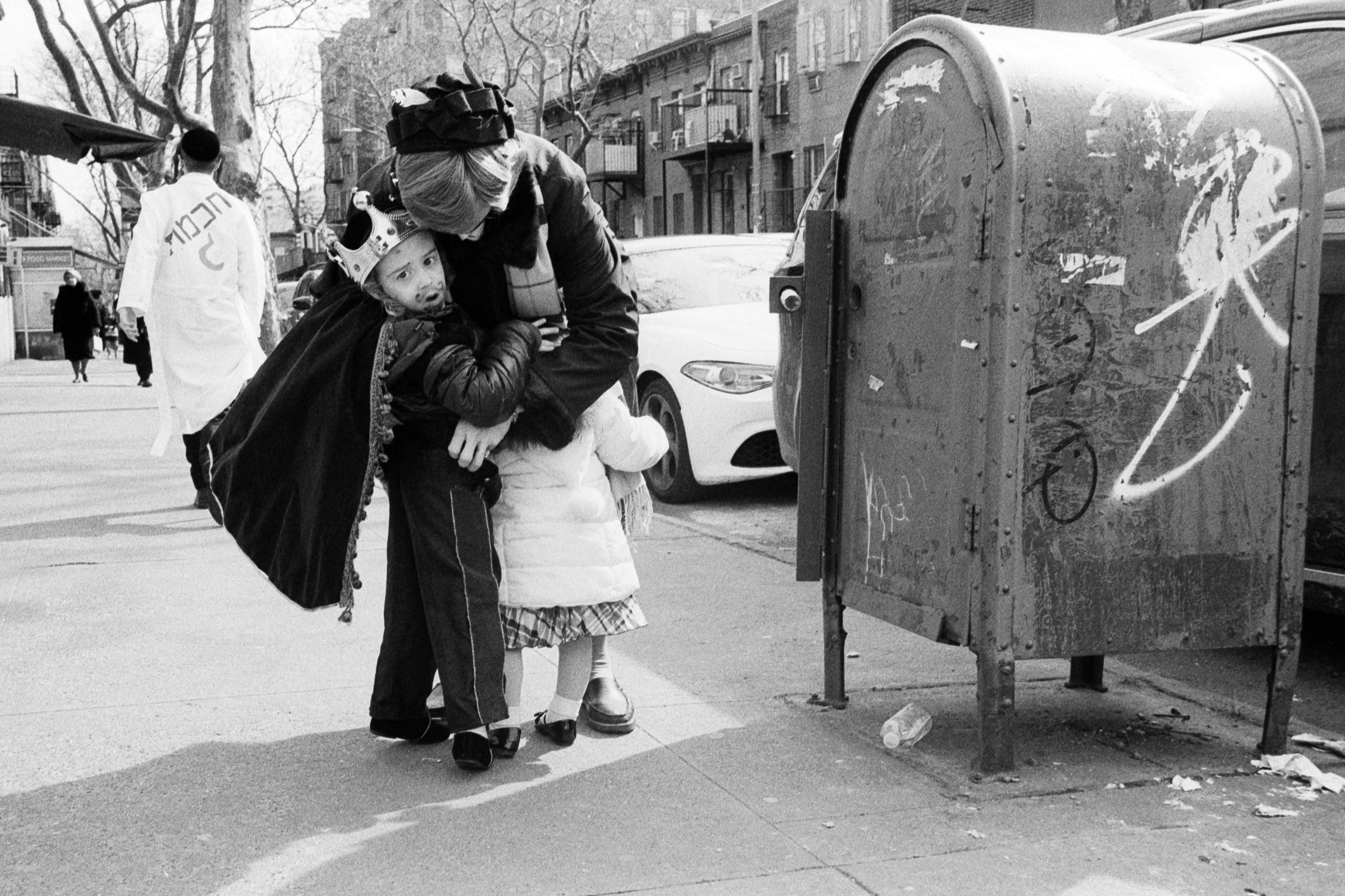

Photo by Jack Seidenberg
A Satmar family dressed in costumes to celebrate Purim.
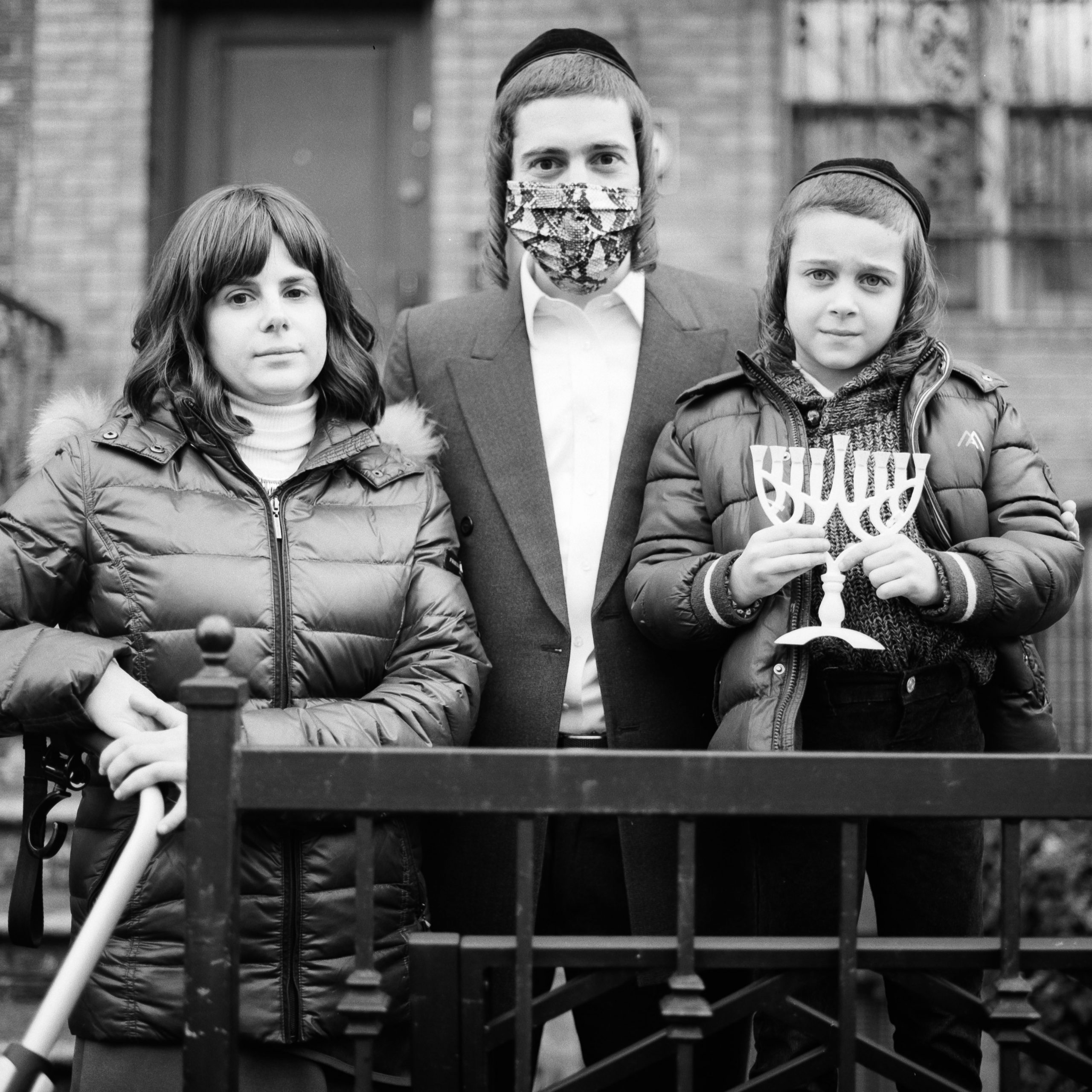

Photo by Jack Seidenberg
Leah, Jacob, and their son pose with a Menorah outside their South Williamsburg apartment during Hanukkah. Jacob is from Williamsburg while Leah is from the U.K., so the family splits their time between the two. After spending five months in London, “Jacob missed his family too much, so we had to come back to Williamsburg before Hanukkah,” says Leah. Their son has been playing a lot of dreidel lately.
You might also like 

















